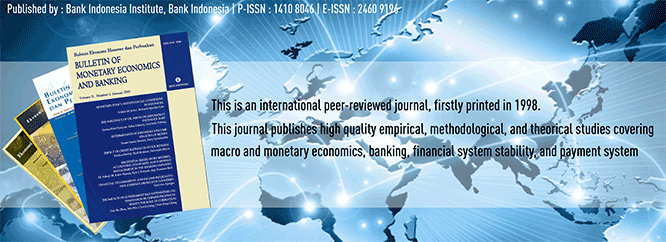
Document Type
Article
Abstract
We consider a model with two types of households; the poor with no initial endowment and the rich with positive endowment; and two types of assets; properties in a poor area and properties in a rich area. In the model, poor agents need credit to buy an asset whereas the rich can draw from their endowment. We show that credit-fuelled housing bubbles sometimes may improve welfare, making the poorer individuals better-off. More precisely, there exist two types of equilibria in both markets: One is a bubble equilibrium, and the other is an equilibrium where asset prices are stable over time. While the poor always obtain a positive surplus in the bubble equilibrium, this is not necessarily true for the rich. Our results suggest that there may be scope for market interventions aimed at sustaining the value of assets held by credit-constrained agents after the burst of a credit bubble.
Recommended Citation
Polat, Ali Yavuz
(2018)
"SUBPRIME MORTGAGES AND LENDING BUBBLES,"
Bulletin of Monetary Economics and Banking: Vol. 21:
No.
2, Article 6.
DOI: https://doi.org/10.21098/bemp.v21i2.955
Available at:
https://bulletin.bmeb-bi.org/bmeb/vol21/iss2/6
First Page
191
Last Page
216
Creative Commons License

This work is licensed under a Creative Commons Attribution-NonCommercial 4.0 International License
Country
Turkey
Affiliation
Abdullah Gul University







